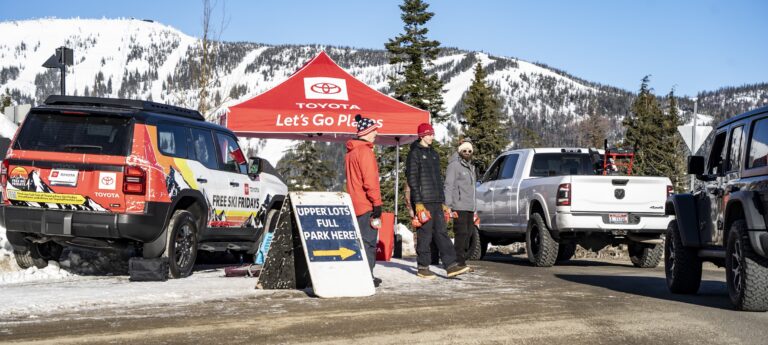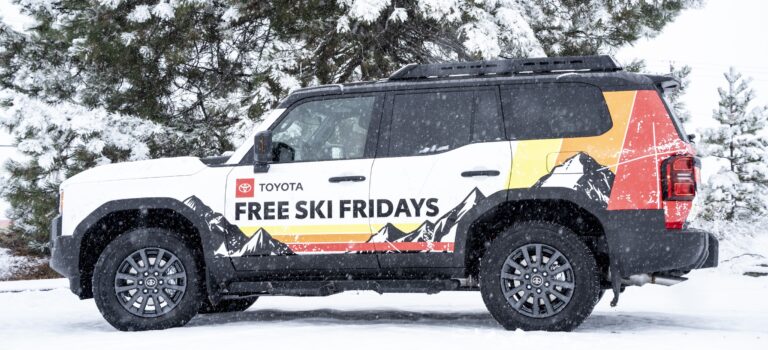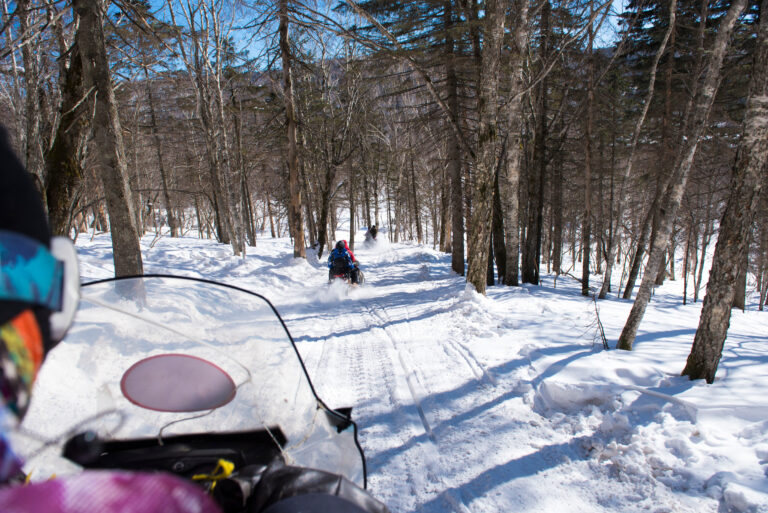DR. LUTZ’ COLD SURVIVAL GUIDE
The right clothes, food and water can make all the difference.
NOW THAT WE’RE FINALLY seeing some cold weather, don’t let it keep you indoors. There’s plenty to do out there, but as the saying goes, “An ounce of prevention is worth a pound of cure.” Although we’re physiologically better adapted to dealing with heat than cold, planning ahead can help you enjoy your forays into the cold and lessen the chances that you’ll have to deal with any of the potential health risks that occur with cold weather activities.
Appropriate clothing and nutrition are the keys to successful cold weather play.When you’re thinking of what to wear, consider not only protecting against the cold but wind and moisture as well. Plan on dressing for temperatures 5-10 degrees warmer than the air temperature as you’ll warm up quickly once you get moving. Loose layering is key as this will not only wick away moisture and provide insulation by trapping air between the layers, but it will also allow you to shed layers if necessary as you exercise. A thin inner layer of good wicking material that’s snug but nonconstricting, such as polypropylene, silk or wool, should be followed by a warmer layer that provides the bulk of your insulation (e.g. medium weight fleece or wool can provide warmth and still allow transfer of moisture). Your outer shell should be windproof, waterproof and breathable. Ventilation, such as zippers in the armpits, is a great feature to look for in your outer layer. Use the same principles when covering your feet and hands, and for those of us who can never find gloves warm enough, consider mittens. You lose 30-40% of your body heat from the top of your head, so top off your clothing with a good hat. In previous articles, we’ve talked about the importance of hydration and nutrition for exercise, and this is important in the cold. Energy needs are increased by moving through the snow in heavy clothing and equipment, and by maintaining body temperatures.
Hydration requirements need to factor in insensible heat losses from sweating and breathing dry cold air. Begin your activities with adequate fluids and calories. Carry a pack and maintain your hydration throughout by drinking at least 15-20 ounces per hour of water or energy replacement drink while stoking your furnace with high-energy snacks (e.g. dried fruits and nuts, trail mix or energy bars). Cold liquids and foods can drop your core temperature, so carry a thermos filled with warm fluids or soups. Save the alcohol for after you’ve finished—it may make you feel warm at first, but it causes blood vessels to dilate (think rosy cheeks) and can lead to increased heat loss.
Unsuccessful cold weather prevention can lead to the following problems. Non-freezing cold injuries, such as “chilblain” occur from exposure to cold and wet conditions. These areas are often painful and red, may paradoxically feel hot, are sensitive to touch and may become swollen. Treat by replacing wet/damp clothing with dry clothing and rewarm. Freezing cold injuries (e.g. frostnip and frostbite) occur when the temperature drops below freezing. From superficial discoloration (redness, mottling, or blanched), swelling and stinging, to blistering, discoloration and numbness, freezing injuries are more severe and often require medical care. In-the-field treatment should only be performed for minor injuries. Find shelter, replace cold and constricting clothing with loose, dry and warm wraps/clothing, elevate the affected area if appropriate, and rewarm thoroughly. Partial rewarming and subsequent re-exposure can lead to significant injury and is strongly discouraged. Avoid rubbing and placing the area next to a fire as this may cause further injury due to diminished sensation.
Hypothermia results from the body’s loss of heat. Shivering occurs in an attempt to generate sufficient heat to rewarm, but if unsuccessful, body temperature continues to drop and symptoms of mild hypothermia develop that include: Slurred speech, altered mental state & confusion, poor judgment, decreased coordination.
These may progress rapidly and become a medical emergency, and therefore immediate treatment is essential. Treat as per above, but also consider internal rewarming by eating/drinking warm liquids and if possible, use your cell phone to call for assistance. For more information visit the following websites: www.outdoorplaces.com/Features/Mountain/frostbite, www.windchill.ec.gc.ca; and www.bt.cdc.gov/disasters/winter/guide.asp
COLD WEATHER TIPS
- Dress for the occasion—several layers are better than a single heavy layer; think insulation as well as wicking.
- Eat & drink before, during and after your workout—high energy foods, adequate fluids (and warm).
- Avoid alcohol—best for socializing when the day’s done.
- Stay dry (don’t forget your feet)— choose appropriate materials and avoid exercising or hanging out in damp/wet clothing.
- Be aware of the signs of cold injury— avoid partial rewarming; you’re better off staying on the trail and getting help than going back into the cold after you’ve “warmed” up injured areas.
- Think ahead—check out the weather report and know what you’re heading into. Let others know where you’re going.
By Bob Lutz













